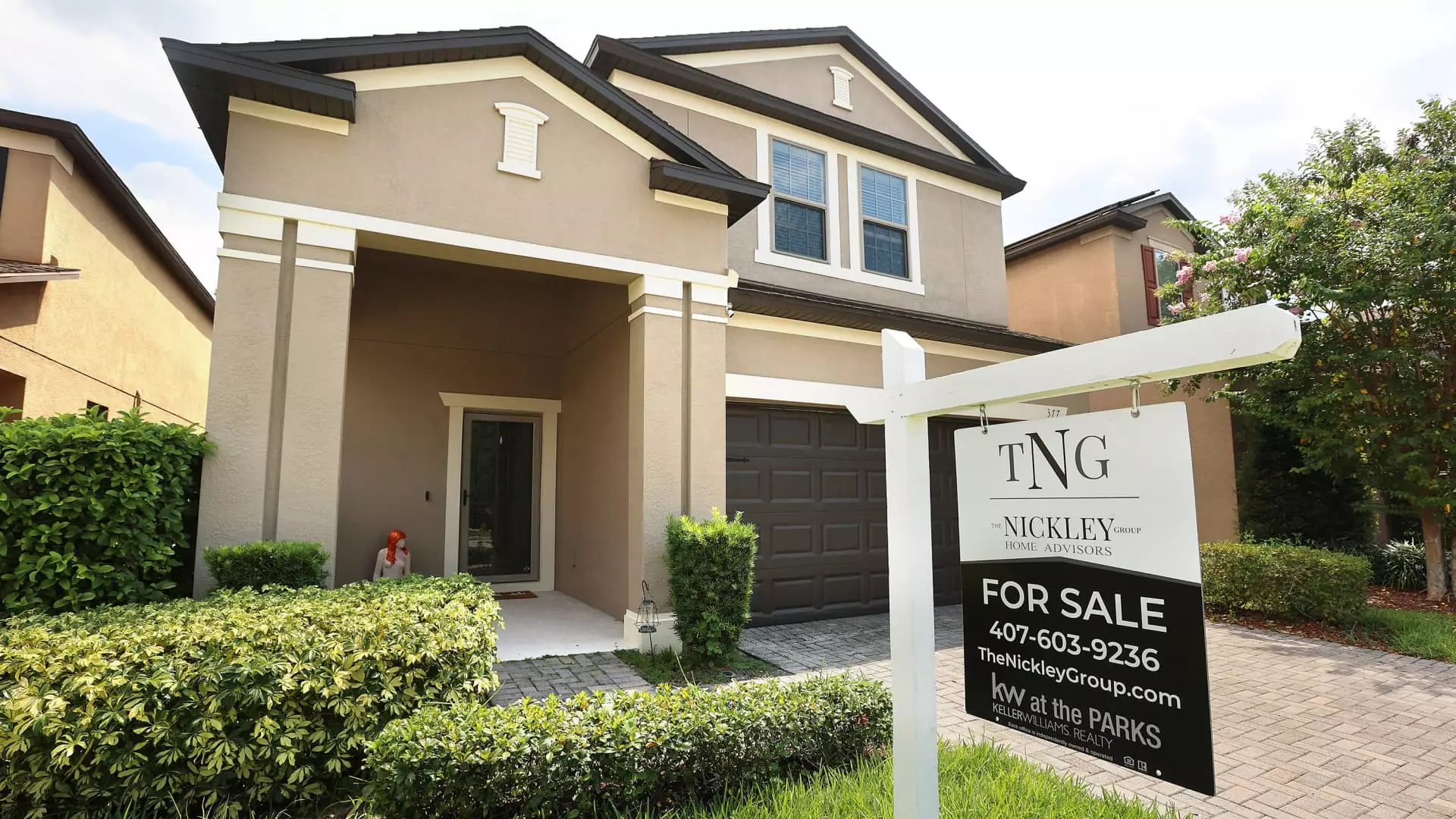In an unexpected turn of events last week, mortgage interest rates witnessed a noteworthy decrease, reaching a two-month low. Despite this promising shift, there was a surprising lack of enthusiasm from potential borrowers, as evidenced by a 1.2% decline in total mortgage application volume, as reported by the Mortgage Bankers Association’s adjusted index. This contradiction between lower rates and diminished demand raises significant questions about consumer confidence and market dynamics in the mortgage sector.
The average interest rate for a 30-year fixed-rate mortgage dropped to 6.88%, down from 6.93%. While the decrease seems beneficial for prospective homeowners and those looking to refinance, the practical impact was muted. The points associated with these loans also saw a slight reduction, hinting at a potential attempt by lenders to attract clients. However, the overall response has been tepid, reflecting broader economic concerns that loom over the housing market.
Joel Kan, the vice president and deputy chief economist at the Mortgage Bankers Association, succinctly attributed the reduction in mortgage rates to declining Treasury yields, influenced by sobering consumer spending data. This context is crucial for understanding the current mortgage climate. Recent trends indicate that consumers feel less optimistic about the economy and the job market, which could directly impact their willingness to engage with mortgage products, regardless of more attractive interest rates.
Interestingly, refinance applications took a step back, falling by 4% over the last week. Despite this decline, they were still up an impressive 45% compared to the same week one year prior—a reflection of the shifting landscape. This data indicates that while refinancing might be a key consideration for some homeowners, an overarching uncertainty may deter others from taking action.
When examining the purchasing side of the mortgage market, it was reported that applications to acquire new homes remained stagnant week-over-week, though they did show a 3% increase from the previous year. Herein lies another paradox: the residential market is experiencing an uptick in inventory due to properties remaining on the market for extended periods. However, despite having more choices available, housing prices are not significantly declining, largely due to the historically low inventory levels.
This dynamic raises concerns about affordability, particularly for first-time home buyers, who may be deterred by both stagnant wages and ongoing economic uncertainty. As potential buyers wade through the complexities of the current market, it’s clear that simply lowering interest rates might not be a panacea for increasing demand.
The mortgage landscape continues to evolve, particularly as rates seemingly drop further into the new week. A separate survey from Mortgage News Daily indicated a decrease in average top-tier mortgage rates by 22 basis points over the last four business days. While such fluctuations may seem minor, they indicate a broader trend of stability in a market that has experienced volatility in recent months.
As noted by industry experts, the current demand for bonds reflects a growing trend among investors, further pushing mortgage rates down. However, whether this trend will translate into increased consumer activity remains uncertain. As the market grapples with these factors, it is essential for all stakeholders—from policymakers to prospective homeowners—to remain vigilant and adaptable to the ever-changing economic landscape.

